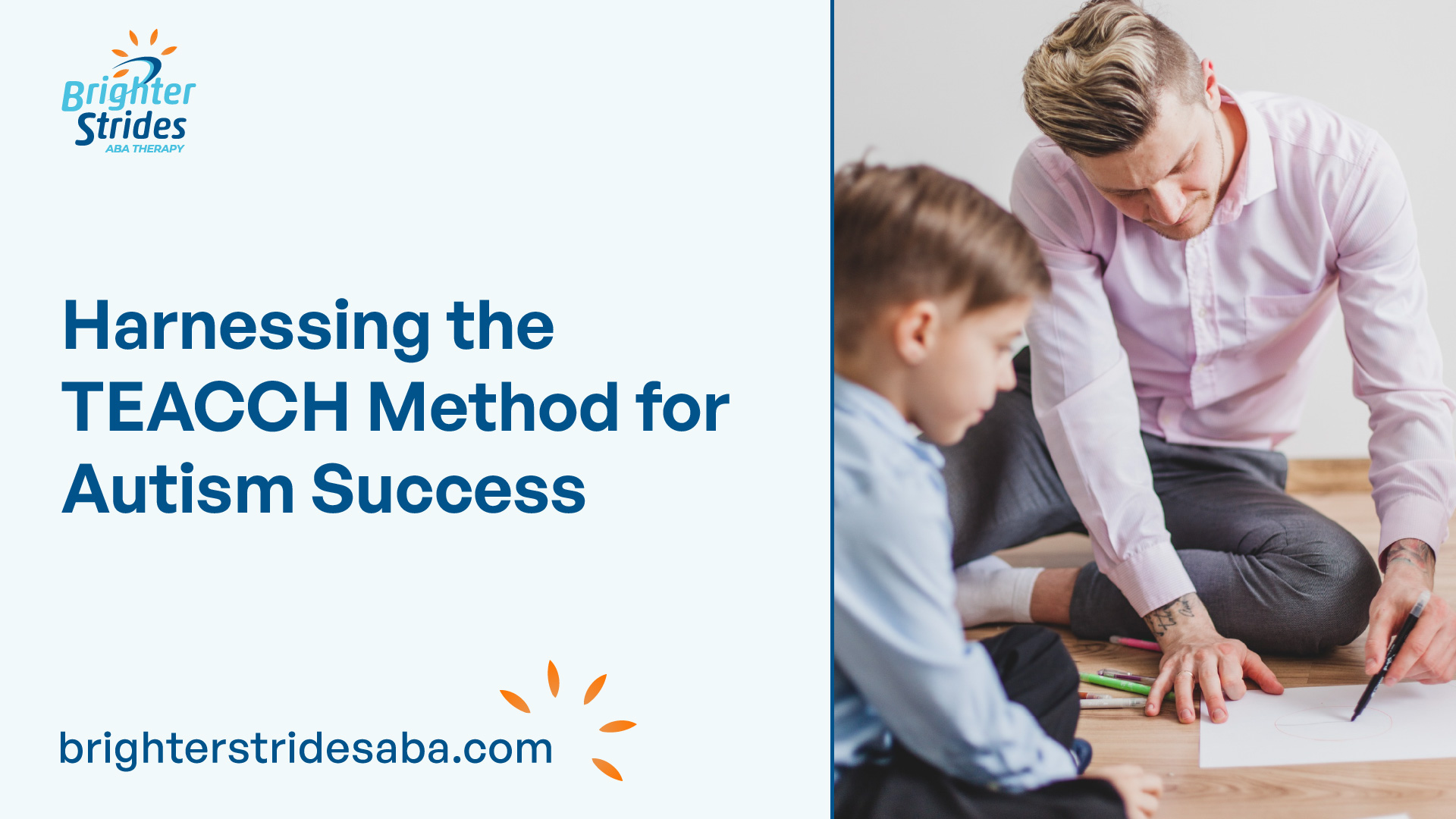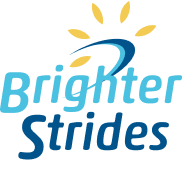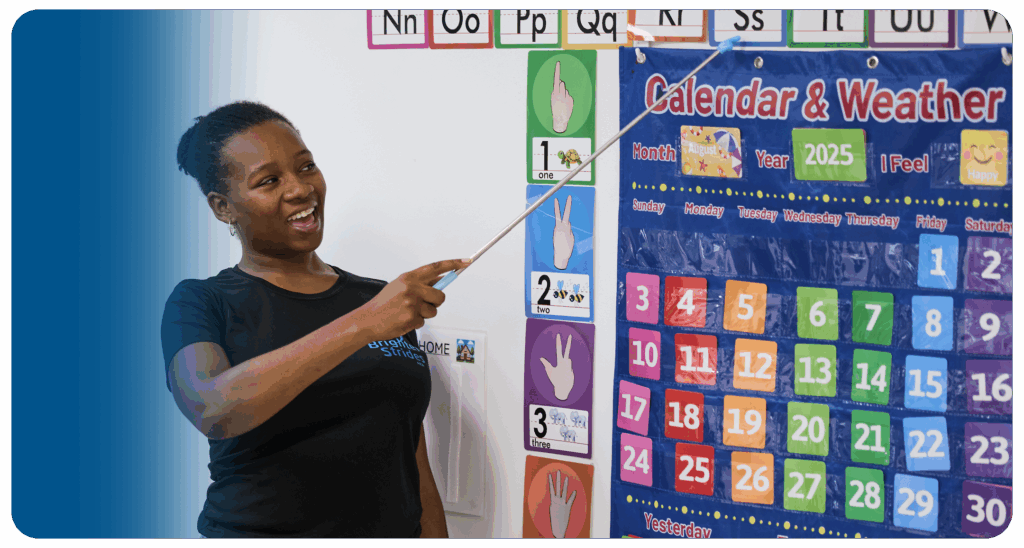Understanding the TEACCH Method
The TEACCH method, which stands for the Treatment and Education of Autistic and Communication Handicapped Children method, was specifically developed for children with autism spectrum disorder. It is an evidence-based approach that focuses on the individual needs, interests, and skills of children with autism to promote their development and autonomy.

Introduction to TEACCH
The TEACCH method, also known as Structured Teaching, was developed at the University of North Carolina by Dr. Eric Schopler and Dr. Robert Reichler in the 1960s. Since its inception, it has become a model for other programs worldwide, providing effective strategies for individuals with autism spectrum disorder.
The primary goal of the TEACCH method is to create an environment that supports the unique learning styles and needs of individuals with autism. By implementing structured teaching techniques and visual supports, this method aims to enhance communication, social skills, and independence.
Development of the TEACCH Method
The TEACCH program was initially developed in the 1960s by Dr. Eric Schopler and Dr. Robert Reichler. It was established as a statewide program in North Carolina in 1972 and has since gained recognition and implementation in various educational and therapeutic settings worldwide [2].
The development of the TEACCH method was driven by the need for a systematic and individualized approach to support individuals with autism. Its foundation lies in understanding the unique cognitive and perceptual characteristics of individuals with autism spectrum disorder. By recognizing these differences, the TEACCH method aims to create a learning environment that maximizes the individual’s potential for growth and development.
The TEACCH method continues to evolve through ongoing research and collaboration with professionals in the field of autism. This ensures that the approach remains up-to-date and effective in addressing the diverse needs of individuals with autism spectrum disorder.
Core Principles of TEACCH
To effectively harness the TEACCH (Treatment and Education of Autistic and related Communication-Handicapped Children) method for autism success, it is important to understand its core principles. The TEACCH method emphasizes visual learning and reality perception, as well as individualized support and intervention.
Visual Learning and Reality Perception
The TEACCH method recognizes the unique perceptual challenges faced by individuals on the autism spectrum. It utilizes visual aids to help children have a better understanding of reality from a perceptual point of view. By incorporating visual supports such as visual schedules, visual cues, and visual aids, individuals with autism can more easily comprehend and navigate their surroundings.
Visual supports provide a structured and predictable framework that helps individuals with autism process information and establish routines. This visual structure enhances their ability to comprehend and anticipate events, enabling them to become more independent in managing their own space and time. The TEACCH method utilizes visual supports to clarify the “where-how-when-how long” of events, promoting a better understanding of the world around them.
Individualized Support and Intervention
The TEACCH method recognizes that every individual with autism is unique and has their own set of strengths and challenges. As such, the method places great importance on individualized support and intervention. It takes into account the characteristic traits of autism and tailors interventions to meet the specific needs of each child.
Parents play a crucial role in the TEACCH method, as they are taught how to assess and implement individualized support for their children at home. By working closely with parents, the TEACCH method empowers them to support their child’s development and well-being in a way that is most effective for their unique needs.
Structured teaching is a key component of the TEACCH method’s individualized support. This approach organizes the physical environment, establishes predictable sequences of activities, and implements visual schedules and routines. By utilizing work/activity systems and visually structured activities, individuals with autism are provided with the necessary structure and support to thrive.
By focusing on visual learning and reality perception, as well as individualized support and intervention, the TEACCH method offers a comprehensive approach to help individuals with autism succeed in various aspects of their lives. It recognizes their unique needs and provides the necessary tools and strategies to enhance their understanding, independence, and overall well-being.
Implementation of TEACCH
To effectively implement the TEACCH method, it is crucial to focus on structuring the learning environment and utilizing visual schedules. These two components play a significant role in creating a conducive and supportive setting for individuals with autism.
Structuring the Learning Environment
The TEACCH method places great emphasis on organizing the physical environment in a way that accounts for the unique learning styles and sensory differences of individuals with autism. By carefully arranging furniture and strategically organizing learning aids, the aim is to decrease stimulation, limit distractions, and reduce anxiety.
The physical organization of the learning environment is designed to provide structure and predictability, which can alleviate the challenges caused by deficits in autism and create effective learning situations [3]. By reducing unnecessary distractions and creating a clear and organized space, individuals with autism can better focus on their tasks and engage in learning activities.
Importance of Visual Schedules
Visual schedules are a key component of the TEACCH method and play a crucial role in making learning more accessible for individuals on the autism spectrum. These schedules provide a predictable sequence of activities and help reduce confusion and anxiety. They also promote independence and competence in everyday routines.
By using visual schedules, individuals with autism can better understand and anticipate what is expected of them. Visual representations, such as written or graphic cues, supplement verbal information and provide a visual guide to aid comprehension and communication. Visual schedules can be used to set expectations, provide reminders, signal transitions, express feelings, and serve as behavioral incentives.
The use of visually-based cues is a significant aspect of the TEACCH method, as it helps individuals with autism navigate daily activities and routines. Visual schedules offer a sense of structure and predictability, which can reduce anxiety and promote independence in completing tasks.
By implementing strategies to structure the learning environment and incorporating visual schedules, educators and caregivers can effectively support individuals with autism in their learning journey and provide them with the necessary structure and organization to thrive.
Effectiveness of TEACCH
The TEACCH (Treatment and Education of Autistic and related Communication-handicapped Children) method has been extensively studied and has shown promising results in improving the lives of individuals with autism. This section will explore the effectiveness of TEACCH in terms of its impact on adaptive behaviors and the enhancement of social reciprocity.
Impact on Adaptive Behaviors
Research studies have consistently demonstrated the positive impact of the TEACCH method on the adaptive behaviors of individuals with autism. According to Autism Parenting Magazine, the TEACCH program has been found to reduce self-injurious behaviors and improve adaptive skills such as communication, self-care, and social interaction.
A comprehensive review of over 150 autism-intervention studies in 2011, as reported by Autism Speaks, highlighted that the TEACCH program had the strongest evidence of educational benefits among recognized programs. The review showed that the TEACCH method led to improved learning and motor skills for individuals with autism, thereby enhancing their overall adaptive functioning.
Furthermore, research conducted at the University of North Carolina (UNC) found that the TEACCH method was effective in the long-term treatment of autism. When the TEACCH program was implemented statewide in North Carolina, the institutionalization rate of adult individuals with autism dropped significantly to approximately 5%, which compared favorably with other methods.
Enhancing Social Reciprocity
Social reciprocity, the ability to engage in and respond to social interactions, is a crucial aspect of social functioning for individuals with autism. The TEACCH method recognizes the significance of social development and incorporates strategies to enhance social reciprocity.
The structured teaching approach employed by TEACCH provides individuals with autism the necessary structure and organization to navigate social situations. By structuring the learning environment and utilizing visual supports, TEACCH helps individuals with autism understand and participate in social interactions.
Through the use of visual schedules, individuals with autism can anticipate and understand social expectations, facilitating their engagement in social activities. The visual supports provided by the TEACCH method help individuals with autism navigate social situations more effectively and reduce anxiety associated with unpredictability [3].
By focusing on individualized support and intervention, the TEACCH method aims to enhance social reciprocity and promote meaningful social interactions for individuals with autism. This approach recognizes the unique strengths and challenges of each individual and tailors interventions accordingly.
The effectiveness of the TEACCH method in improving adaptive behaviors and enhancing social reciprocity underscores its value in supporting individuals with autism. By implementing the core principles of TEACCH and utilizing the structured teaching approach, individuals with autism can thrive and develop essential skills necessary for their overall well-being and successful integration into society.
TEACCH Certification and Services
For professionals looking to implement the TEACCH method for autism intervention, there are training and certification programs available. These programs provide the necessary skills and knowledge to effectively utilize the TEACCH approach in supporting individuals with autism.
Training and Certification Programs
The TEACCH Autism Program in North Carolina offers training and certification programs for professionals interested in incorporating the TEACCH method into their practice. The certification program consists of two levels: Practitioner and Advanced Consultant. These levels provide different levels of expertise and specialization in the TEACCH approach. Both online and in-person trainings are available, allowing professionals to access the certification program according to their preferences and availability [2].
The training programs focus on providing professionals with a comprehensive understanding of the TEACCH method, including its core principles, strategies, and implementation techniques. Participants learn about visual learning, individualized support, structuring the learning environment, and the importance of visual schedules. These programs equip professionals with the necessary tools to effectively support individuals with autism using the TEACCH approach.
Availability of TEACCH Services
TEACCH services are available through the TEACCH Autism Program, which is part of the UNC Health Care system’s UNC Faculty Physicians group. The availability of TEACCH services may vary depending on the location and specific programs offered in different regions. It is advisable to check with local autism service providers, clinics, or educational institutions to determine the availability of TEACCH services in a specific area.
TEACCH services may be covered by insurance providers that are accepted by UNC Health Care. This means that individuals and families seeking TEACCH services may potentially have access to insurance coverage for these services. It is recommended to contact the respective insurance provider to inquire about coverage options and requirements.
By completing the TEACCH certification program and accessing TEACCH services, professionals can enhance their ability to support individuals with autism using evidence-based practices. The certification program ensures that professionals have the necessary skills and expertise to implement the TEACCH method effectively. Additionally, the availability of TEACCH services allows individuals with autism and their families to receive specialized support and intervention tailored to their unique needs.
Criticisms and Future of TEACCH
While the TEACCH method has gained recognition and popularity in the field of autism intervention, it is not without its criticisms. It is important to acknowledge these criticisms and consider ongoing research and future developments to further refine and enhance the effectiveness of the TEACCH approach.
Criticisms of TEACCH Programs
One of the main criticisms directed towards TEACCH programs is the lack of concrete evidence to demonstrate improvement in children’s symptoms. While these programs may provide support and benefit some children, objective research is needed to make informed decisions regarding their efficacy. It is crucial to continue conducting rigorous studies to evaluate the outcomes and effectiveness of TEACCH programs.
However, it is worth noting that a review of over 150 autism-intervention studies in 2011 revealed that the TEACCH program demonstrated the strongest evidence of educational benefits among recognized programs. This evidence indicated improved learning (cognition) and motor skills for individuals with autism [2]. Despite criticisms, the TEACCH method has shown promising results in enhancing the educational experience for individuals with autism.
Ongoing Research and Evolution
To address the criticisms and refine the TEACCH method, ongoing research and evolution are essential. Researchers are continuously exploring ways to further enhance the effectiveness of the program and address the specific needs of individuals with autism.
Research studies have demonstrated that the TEACCH method is effective in impacting autistic children’s adaptive behaviors, social reciprocity, and reducing self-injurious behaviors [1]. This evidence highlights the importance of ongoing research to build a solid foundation of empirical data and improve the program’s overall efficacy.
Furthermore, the TEACCH method has been successful in the long-term treatment of autism. For instance, when the state of North Carolina implemented the TEACCH program statewide, the institutionalization rate of adult individuals with autism dropped significantly. This outcome compared favorably with other methods, indicating the long-term benefits of the TEACCH approach.
As research and knowledge about autism spectrum disorder continue to evolve, it is important for the TEACCH method to adapt and incorporate new findings. This ongoing evolution will ensure that the program remains at the forefront of evidence-based interventions for individuals with autism.
In conclusion, while criticisms exist regarding TEACCH programs, ongoing research and developments are shaping the future of the TEACCH method. By addressing these criticisms and continuing to refine the approach, the TEACCH method has the potential to provide even more effective support and intervention for individuals with autism spectrum disorder.
References
- https://www.autismparentingmagazine.com/asd-teacch-method-works/
- https://www.autismspeaks.org/teacch
- https://teacch.com/structured-teaching-teacch-staff
- https://www.appliedbehavioranalysisprograms.com/lists/key-principles-of-the-teacch-method/
- https://www.wrightslaw.com/advoc/ltrs/debateteacchlovaas.htm




